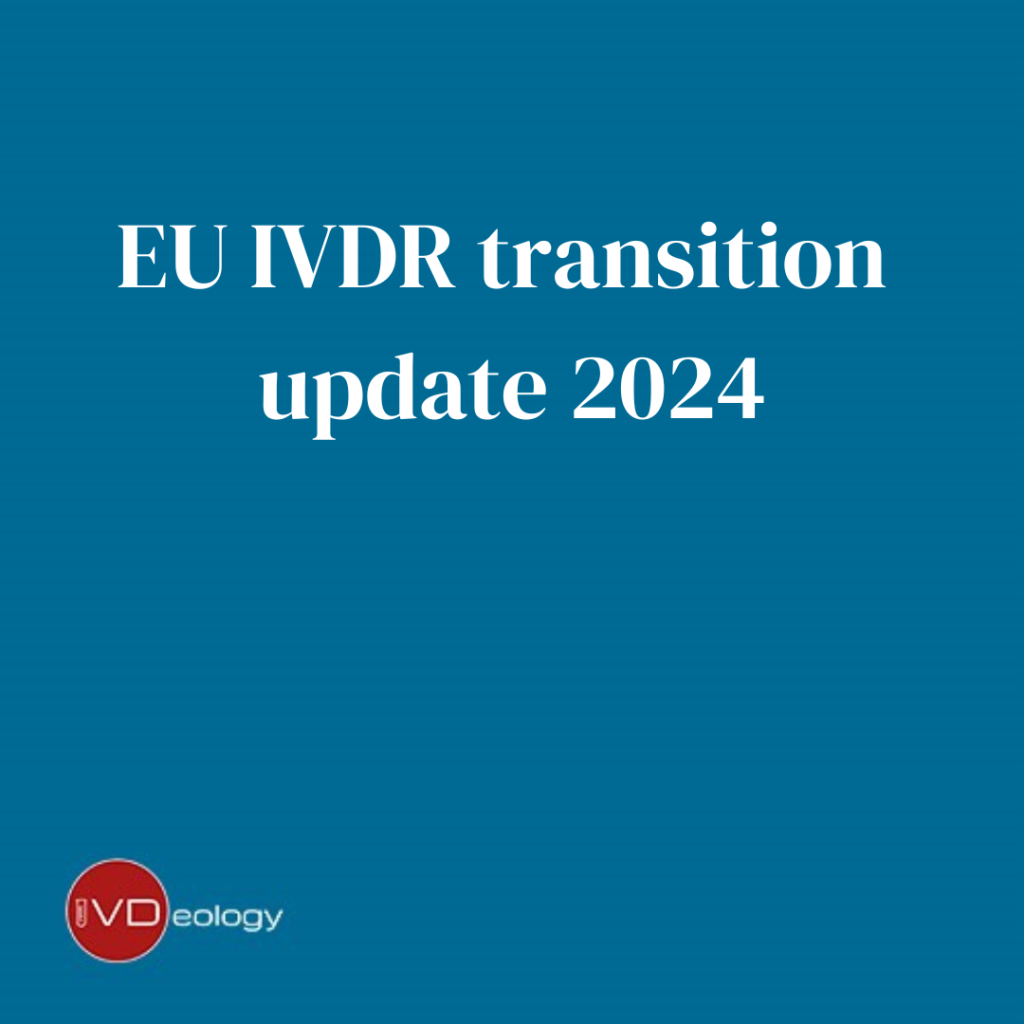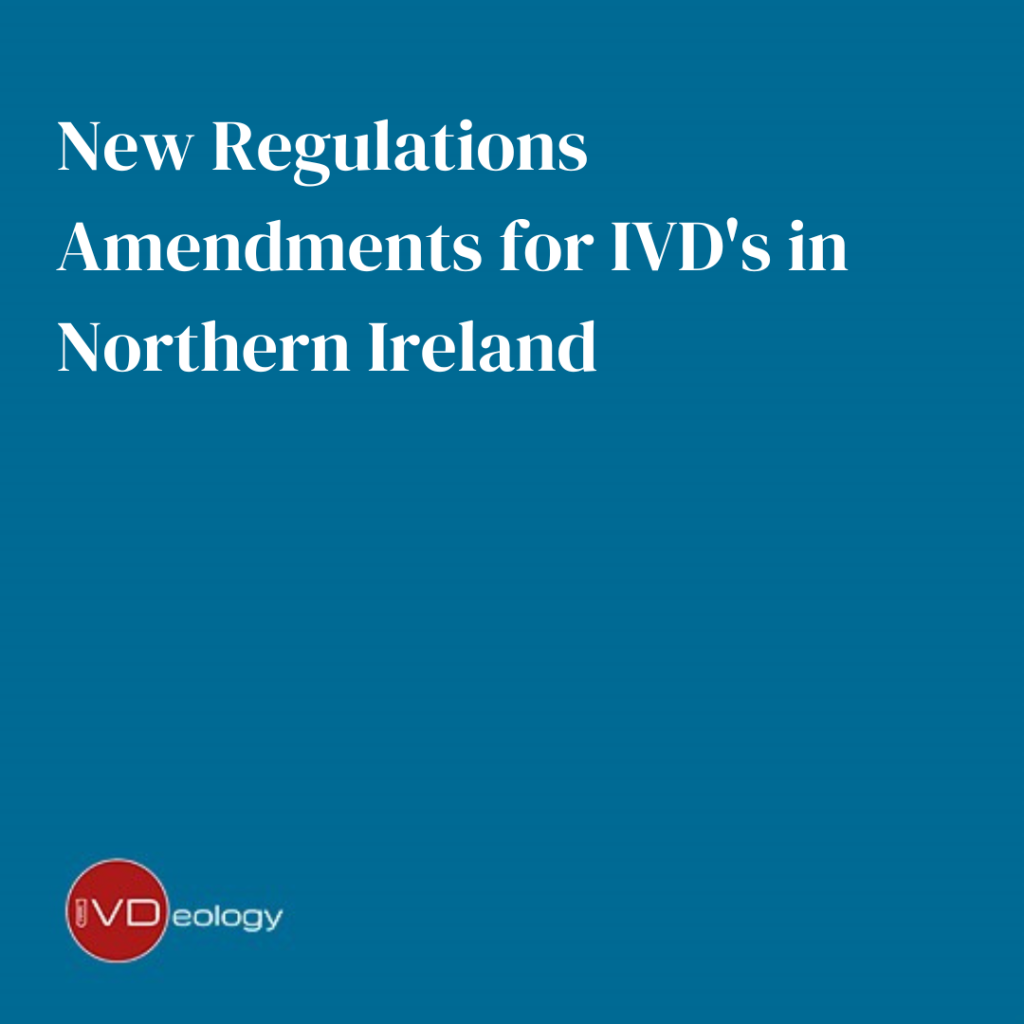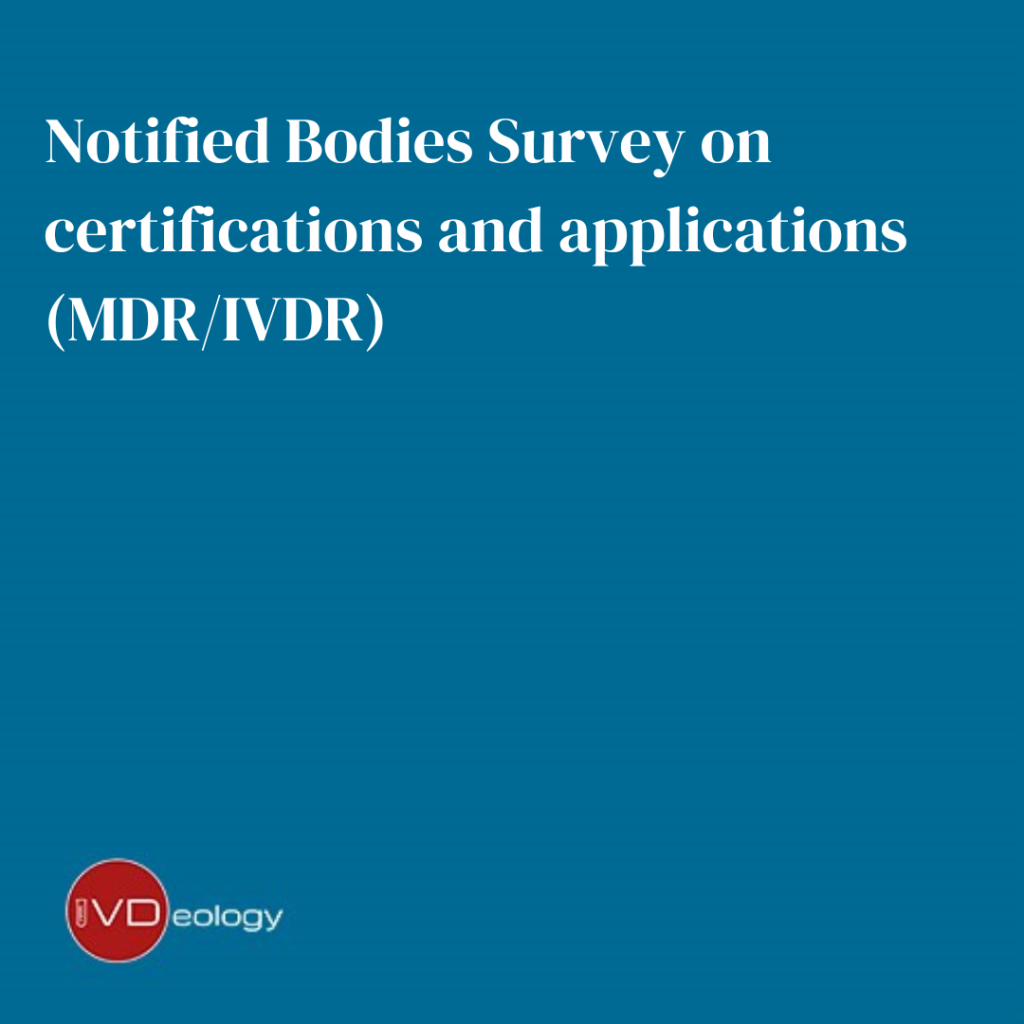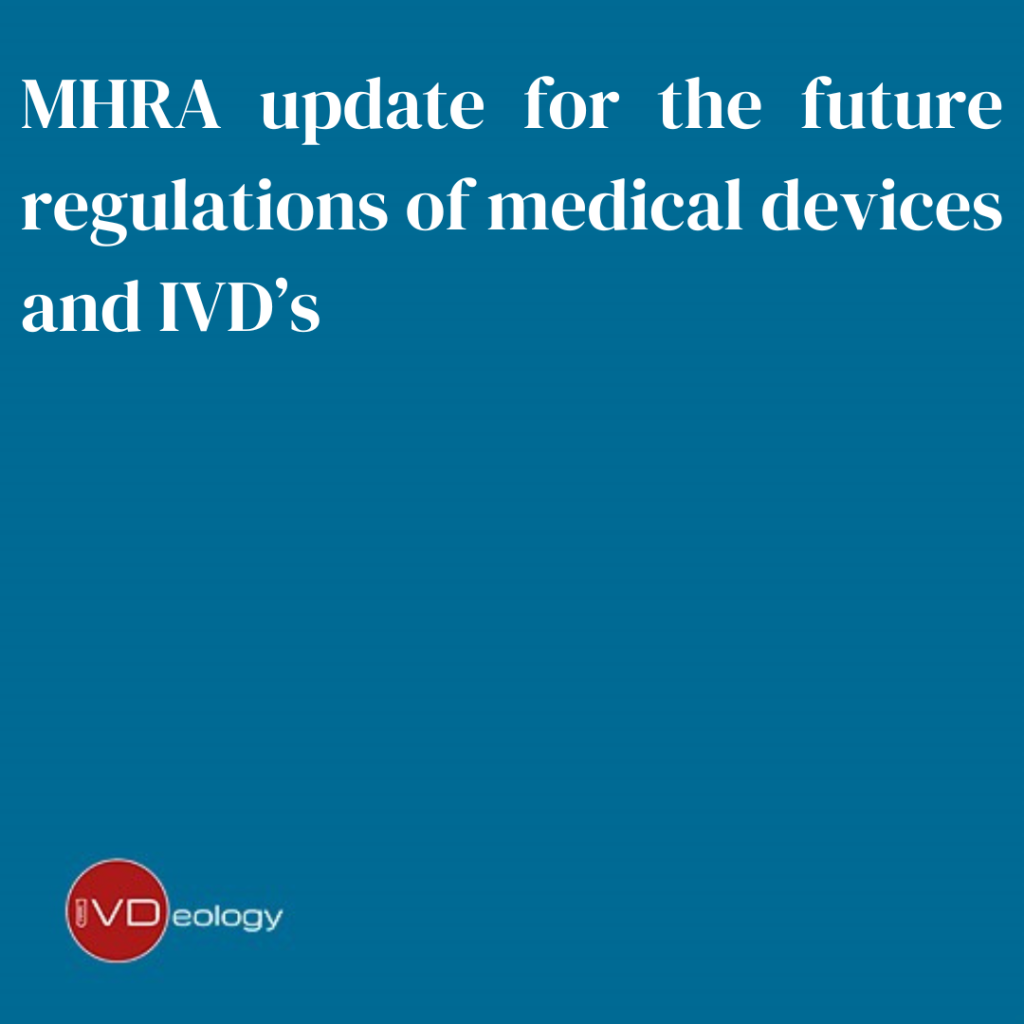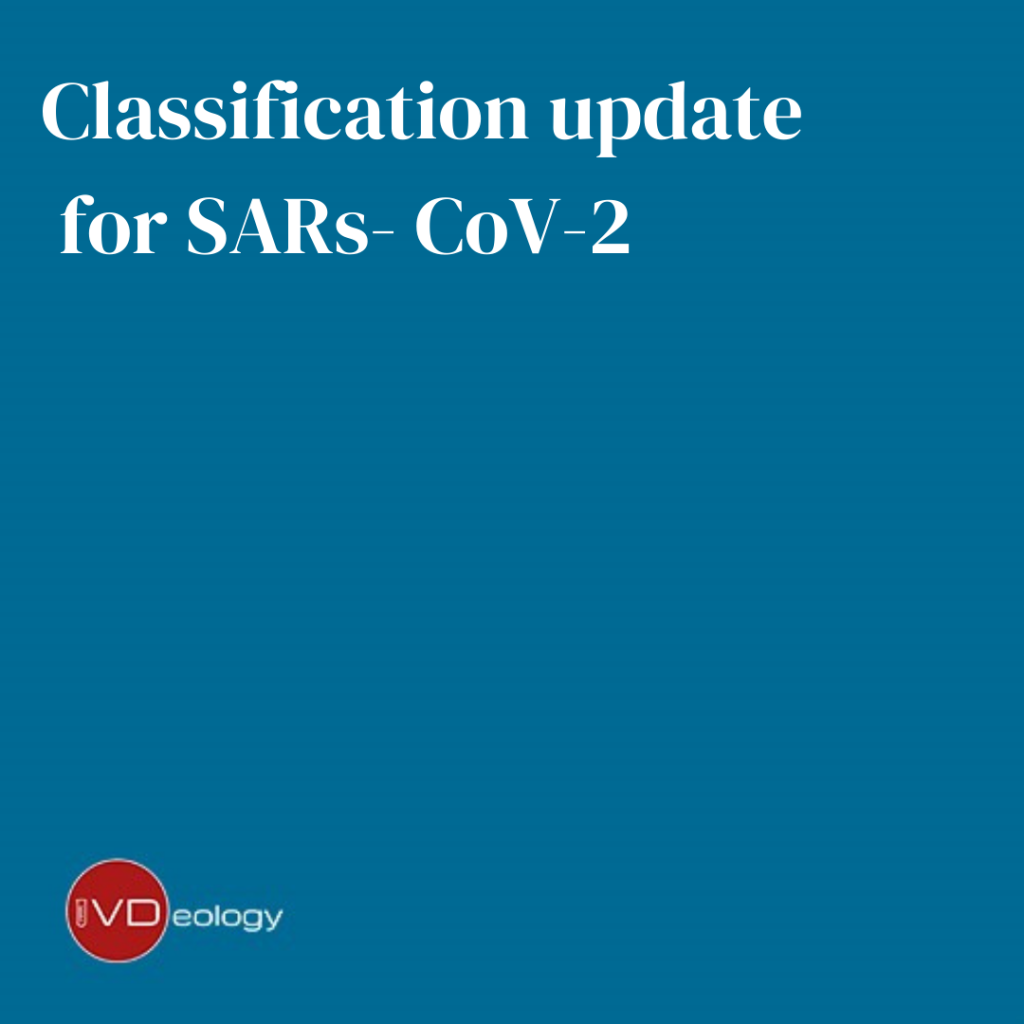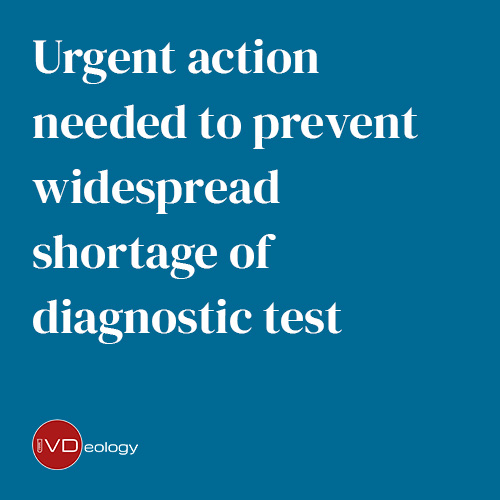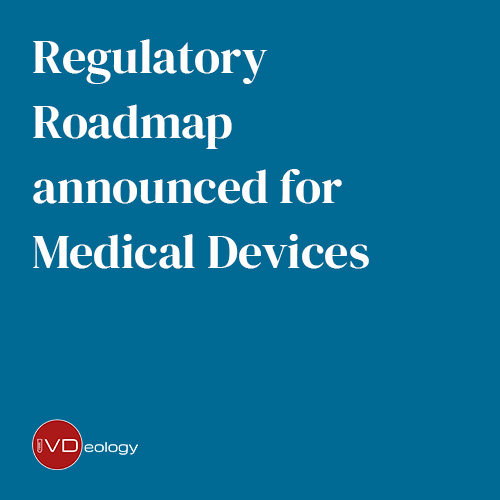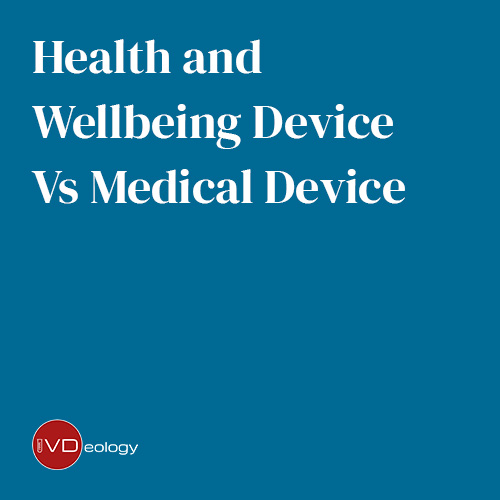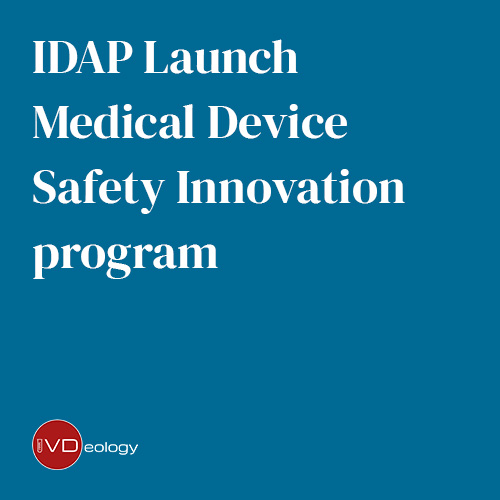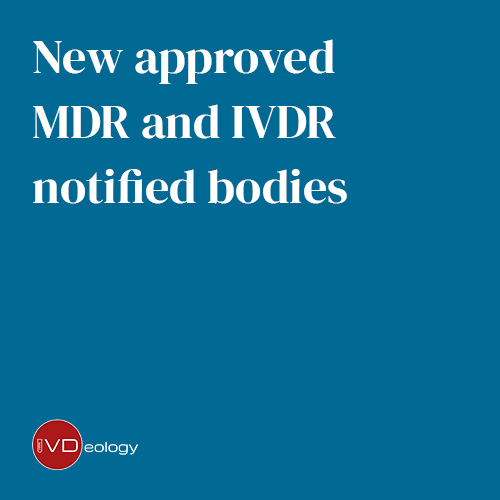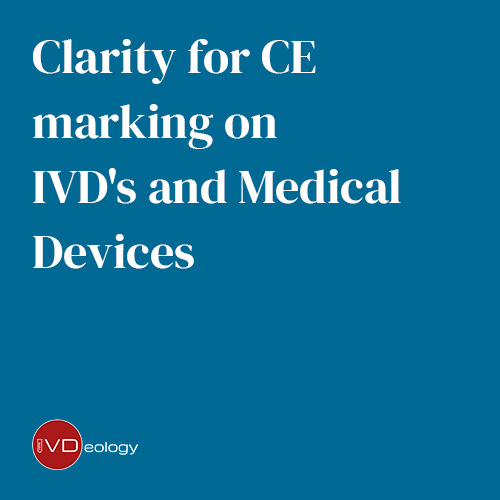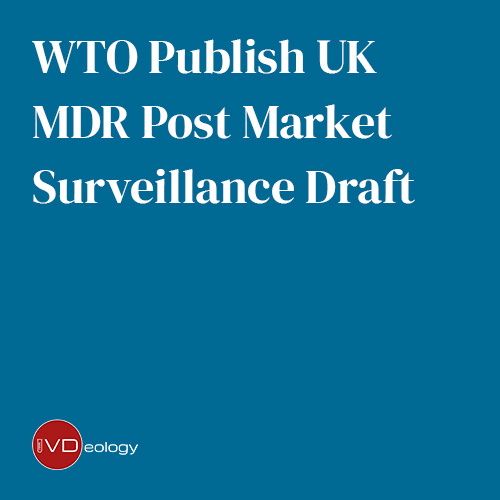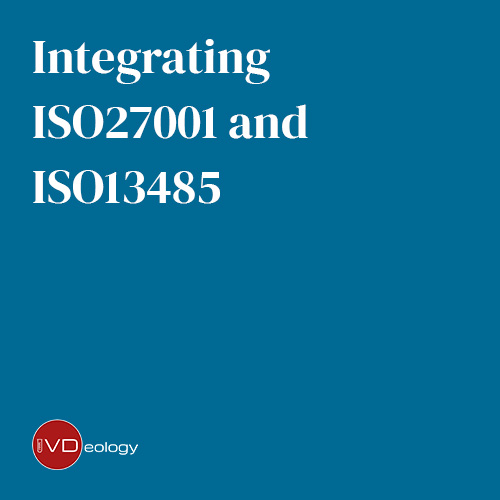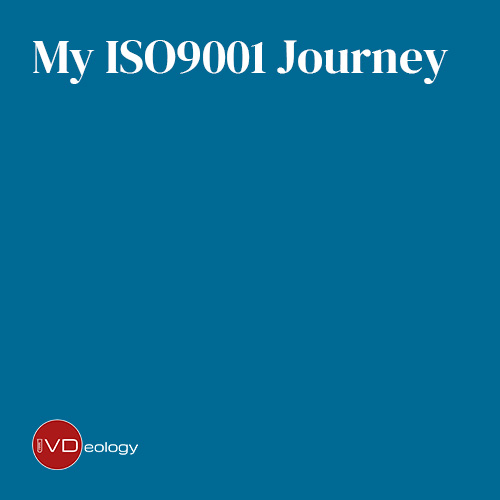
Knowledge Centre
Useful Links, FAQs and Industry News for the IVD and MDR industry
Useful Links
Europe
EU IVD Regulation EUR-Lex – 32017R0746 – EN – EUR-Lex (europa.eu)
UDI Helpdesk UDI assignment (europa.eu)
UK
The Medical Devices Regulations 2002 (legislation.gov.uk)
MHRA Software flowchart (publishing.service.gov.uk)
Check how to export goods – GOV.UK (check-duties-customs-exporting-goods.service.gov.uk)
MHRA Public Access Registration Database PARD (mhra.gov.uk)
MHRA Vigilance and Post Market Reporting Sign in | MORE (mhra.gov.uk)
FDA
CFR – Code of Federal Regulations Title 21 (fda.gov)
Search the Releasable 510(k) Database | FDA
Regulation (EU) 2017/746
of the European Parliament and of the Council of 5 April 2017 on in vitro diagnostic medical devices
EUR-Lex – 02017R0746-20170505 – EN – EUR-Lex (europa.eu)
UK Medical Device Regulation 2002
The Medical Devices Regulations 2002 (legislation.gov.uk)
IVD Directive Harmonised Standard
FAQs
What is an IVD?
An IVD, or an ‘Invitro diagnostic medical device” is any device that is intended to be used to test human samples for a medical purpose including diagnosis. IVDs can be, but not limited to an instrument, reagent, kit, control material, software or system. For a more complete definition of an IVD, download our free IVDeology App and check out the definitions in article 2.
What is a Quality Management System and do I need one?
A Quality Management System, or ”QMS”, is a defined, formal process that documents procedures, processes and the required responsibilities within an organisation to maintain a quality culture. This allows a systematic approach to the design, development, manufacturer and delivery of devices. For IVDs and medical devices, the internationally recognised approach for a QMS is described within the international standard ISO 13485, published in 2016. An effectively implemented QMS can add real value to an organisation by reducing time and waste and improving product consistency and improvements. For more information on Quality Management Systems, you can check out our QMS support page
What documents are needed to place IVDs on the market?
IVD devices require a technical file to be drawn up to demonstrate that the product is safe and meets the relevant regulatory requirements. For devices registering under the IVD Directive, or following current UKCA rules, they would need to meet the “Essential Requirements” listed in Annex I and have a technical file complying with the requirements of Annex III. For devices registering under the IVD Regulation, they would need to meet the “General Safety and Performance Requirements” defined in Annex I and have a technical file complying with the requirements of Annex II & III. Once these have been met, the manufacturer can then draw up a Declaration of Conformity stating that the device is in compliance with the relevant regulation.
What is a notified body and how do I get one?
A notified body is an organisation designated by an EU member state who assess the conformity of certain products before they are placed on the EU market. Notified bodies are required for the conformity assessment of Class D, C, B, and Class A sterile devices. An updated list of notified bodies can be found here EUROPA – European Commission – Growth – Regulatory policy – SMCS
What is UKCA marking?
The UKCA (UK Conformity Assessed) marking is a new UK product marking that is used for goods being placed on the market in Great Britain (England, Wales and Scotland). It covers most goods which previously required the CE marking including industrial Machinery. It is required for products manufactured anywhere in the world that are then marketed in the Great Britain.
The CE Mark is mandatory in Europe, as UCKA will be mandatory in GB from 1st January 2023. In Europe the UKCA will be not recognized.
How do I place an IVD on the EU market?
To place an IVD on the EU market, devices must conform to the IVD Regulation 2017/746/EU.
For manufacturers outside the EU, an EU Authorised Representative must be appointed who is located within Europe to take responsibility for the device. Their name and address must also be added to the IFU and outer labelling.
Do I need a PRRC and what are their responsibilities?
Manufacturers of IVDs and Medical Devices are required to appoint a Person Responsible for Regulatory Compliance, known as a ‘PRRC’. This is a designated Quality or Regulatory professional within your organisation to monitor the compliance of the devices you place on the EU market,
If you are an SME, you can use an external person to be your PRRC. Manufacturers based in the EU should appoint a EU based PRRC, if you are outside of the EU, then your PRRC should also be outside the EU.
Reference: MDCG 2019-7
How do I place an IVD on the UK market?
To place an IVD on the market in Great Britain (England, Wales and Scotland), devices must conform to the Medical Devices Regulation 2002 (UK MDR 2002) and be registered with the MHRA.
Only manufacturers that are based in the UK can register directly with the MHRA. For manufacturers outside the UK, a UK Responsible Person must be appointed to take responsibility for and register the device (UKRP)
The requirements for placing devices on the market in Northern Ireland are different. CE marking will continue to be necessary and UK-based manufacturers will need to appoint an EU Authorised Representative. The UKNI marking will also be required if the conformity assessment has been carried out by a UK Notified Body.
You can find our UKRP services and offerings page here
Is software an IVD?
Software is considered an IVD if it’s intended purpose is to be used either alone or in combination for the in vitro examination of specimens derived from the human body. Therefore, software as part of an instrument and apps are included in the definition of IVD’s and are covered by the same regulations.
What are the deadlines for EU IVDR? (2017/746/EU)
The MDR currently provides for a transition period, ending on 26 May 2024, during which devices covered by certificates issued from 25 May 2017 under the applicable Directives would remain valid for a maximum period of five years after the date of their issuance, and not beyond 27 May 2024.
As for the IVDR, in January 2022 the Council and the European Parliament had already decided on a general extension of the transition period (as applicable to certificates) to 26 May 2025, with longer extensions to 26 May 2026, and 26 May 2027 for certain classes of devices for which the conformity assessment procedure pursuant to Directive 98/79/EC did not require the involvement of a Notified Body and for which such involvement is now required under the IVDR. A new deadline of 26 May 2028 was also introduced for the application of certain provisions concerning devices manufactured and used in health institutions.
Both the MDR and the IVDR currently contain provisions limiting the “sell-off” period of devices legally placed on the market on the basis of certificates issued under the Directives.
It is worth keeping in mind that the QMS and vigilance requirements have come into force in 2022. So make sure your internal systems are up to date.

